Santiago Yahuarcani’s visual vocabulary is neither derivative nor dependent on Western art history. His paintings—including three of them currently starring in the main exhibition of the Venice Biennale— are a testament to the consciousness, affection, and intelligence of the rainforest and its inhabitants that invite us to see beyond the parameters of settler coloniality. Through the overlapping of bright-colored figures in dense groupings that combine symbolic or descriptive references to colonial violence and spiritual worlds, they encapsulate the memories of Yahuarcani’s ancestors, the sacred knowledge of medicinal plants, the voices of the elders, and Amazonian stories of life’s origins, all in a manner that demands attention and respect.
A self-taught painter, Yahuarcani belongs to the Aimeni (White heron) clan of the Uitoto people of northern Amazonia. His mother, Martha López Pinedo, was a descendant of Gregorio López, the only member of the Aimeni who emigrated from La Chorrera (today part of the Colombian Amazon) to the Ampiyacu River region (now northern Peru). Gregorio was one of the survivors of the Putumayo genocide (1879–1912), during which nearly 30,000 Indigenous people from the Bora, Uitoto, Andoque, and Ocaina Nations were cruelly annihilated by the Peruvian Amazon Company at the peak of the rubber boom of the late 19th and early 20th century—a period of colonial expedition, extraction, and commercialization of rubber in the Amazonian territory of Brazil, Peru, Colombia, and Bolivia. Although the rubber business ceased to be profitable around 1925, continued subjugation, extraction, and privatization devastated Indigenous populations and destroyed areas of the Amazon that, until very recently, did not have laws that protect Indigenous peoples.
Orally transmitted to the artist by his grandfather, this episode of ethnic cleansing and greed left a deep impression on Yahuarcani, who in the last two decades has insistently returned to this moment to reclaim justice and confront the perpetrators’ impunity. In one of his most poignant works, Amazonia (2016), Yahuarcani portrays a Uitoto person fully covered with wounds and incisions like those made in the bark of a tree to collect sap. Tears and red blood turn into white rubber as they leave his body. “Mother Earth is bleeding, Mother Earth is crying. Her tears are like the sap of the trees,” the artist said in an interview three years later. In a detailed, cartoon-like style, his anti-colonial paintings confront the long-lasting effects of the Western assaults on Indigenous minds, bodies, languages, and identities, demanding recognition of stories that, for a long time, were not heard or acknowledged.
Yahuarcani started to paint at the age of 10. In the 1980s, he made paintings and wooden sculptures to sell to tourists near his hometown, Pebas, close to the Amazon River, where he still lives and works. Although the need for economic subsistence drove many of his early creations, his layered and deeply inventive pictures progressively became a reservoir of collective memory and complex representations of Uitoto worldviews. His inspiration came from childhood experiences, such as encounters with wild mushrooms, that sparked his imagination and led him to see himself as a painter of sounds, as he called himself at a conference in Brazil in 2013:
I also research when I walk through the jungle and go to my farm. I’m looking at the trees, which are full of drawings. I approach a tree and stay two or three hours looking at it. The tree is painted; it is covered with different types of figures. That is how I go around and choose figures for my paintings. These figures coincide with a sound, for example, with the word “kbnshu.” For me, that is the sound of an animal that jumps into the water and sticks out its long tongue. I am turning the sound into a being.
Yahuarcani’s paintings emerged in Lima’s art circuit in the 2000s, following a series of projects and events that aimed to confront the dominance of Western cultural values in the local art scene. In the late 1990s, a small group of Peruvian researchers, scholars, and curators launched initiatives to promote Amazonian arts, challenging the colonial-based system of race and class distinctions. Scholar María Belén Soria recalls how some established art critics and journalists reacted skeptically or negatively to Indigenous art, viewing non-Western aesthetics as mere handicrafts with little cultural value. Yahuarcani participated in exhibitions during the 2000s that played a role in starting to change the discussion and advocating for Indigenous voices in the face of prevailing white narratives.

COVID-19, 2020.
The artist consistently uses llanchama (bark cloth) as a canvas for his paintings. To prepare it, he cuts a log, removes the bark, and pounds it until it becomes a flat surface. Afterward, he washes and dries it. He always asks for permission from the rainforest, takes only a limited amount of bark, and shows respect to the land where he has always lived. He collaborates with his family, many of whom are storytellers and creators. His wife, Nereyda López, is a notable self-taught sculptor and mask-maker of Tikuna and Uitoto ancestry, and they have recently begun to exhibit together.
The exhibition “Once Lunas (Eleven Moons),” 2009, took place at Galería Pancho Fierro in Lima. It was a collaboration between the artist and his son, Rember Yahuarcani, that was praised as a significant event in Amazonian Indigenous art. Curated by Giuliana Borea and David Flores Hora, the two-person show originated from Rember’s interest in learning from his father about the Uitoto representation of time. Instead of following the Gregorian calendar, which numbers its years in the Western Christian style, the Uitoto people follow the growing cycles of 11 fruits to count the time between the beginning of each summer season. “We realized that we needed to acknowledge when time began for the Uitoto, where its origins are,” Rember said in an interview with anthropologist Luisa Elvira Belaunde.
Yahuarcani’s paintings depict various Indigenous deities and mythological narratives that explain the origins of the three interrelated Uitoto worlds: the sky, the forest, and the water. The story of Fídoma, the first Uitoto painter and the god of colors, significantly influenced the artist. Fídoma was a mischievous child who, after being kicked out of his home for refusing to work on the farm, dedicated himself to playing in the rainforest and creating natural dyes from leaves and roots to fill nature with color. In 2013 Yahuarcani explained, “In those times, insects, butterflies, birds and animals had no colour. Fídoma put colours on all the animals. He grabbed the butterflies and started painting them. And when the butterflies flew, he began to laugh out loud. What he did was a joy to him; that was his world.”
Beyond the logic of verifiable facts, the myths of Indigenous traditions offer nonlinear ways of thinking and philosophical ideas in connection with the force of the spirit guardians of the water, mountains, plants, and animals primarily ignored in the modern era. Yahuarcani continuously adds new arguments, elements, and characters to Uitoto myths, reclaiming them as narratives in constant motion. Rather than document a rigid past, these stories wonder about a collective future.
More recently, Yahuarcani documented his personal experience of having Covid-19 and the responses of the local Amazonian Indigenous communities to the pandemic. His illness influenced his paintings, which took on gloomy tones and introspective representations, including many self-portraits where master plants and Indigenous science heal him. In these dreamlike scenes, the virus is depicted as a giant creature arriving in Western-style clothes. In a 2021 interview regarding the paintings created during the pandemic, Yahuarcani said: “I tried to represent the coronavirus as a monster, like a gorilla, with spikes, that steps on people who are desperately running to save themselves. [I painted] my experience, everything I have seen during my illness, and the teachings of my grandparents, my mother, my father, regarding how spirits come to heal people. I tried to capture all this in my works so that those interested in these topics can see all that knowledge, and wealth and richness [of Indigenous medicinal practice] that we have and that the world of [Western] science does not know.”

Since 2019 Yahuarcani’s work has been gaining global attention; it has featured in two exhibitions in Lima: “El lugar de los espíritus (The Place of the Spirits),” 2021, and “Shiminbro, el hacedor del sonido (Shiminbro, the Sound Maker),” 2023. He has also starred in significant international group shows at the Kunsthalle Wien, the Museu de Arte de São Paulo, and biennials, among them the 2023 Gwangju Biennale, the 2024 Toronto Biennial (opening September 21), and, most notably, the “Foreigners Everywhere” exhibition at this year’s 60th Venice Biennale. All the while, his paintings have expanded in scale and narrative ambition. The three pieces in Venice—Aquí está caliente (It’s Hot in Here, 2023), El mundo del agua (The Water World, 2024), and Shiminbro, el hacedor del sonido, 2023— are his largest to date; they tell multiple Uitoto myths through dense compositions in vibrant colors that echo complex struggles for Indigenous self-determination. They offer insights into the past and the traditional knowledge kept by Indigenous elders, addressing contemporary urges, such as the corruption of local authorities and the greed of profit-seeking corporations encroaching on Indigenous land.
“In the present, there is a depletion of fish, meat, and bananas,” said the artist in 2019. “Mother Earth is being pinched by waste. Oil companies, factories, and mines emit harmful pollutants driven by the overarching pursuit of monetary gain. There is a lack of interest in preserving Mother Earth; it’s all about money.”
Yahuarcani’s words and images serve as poignant reminders that the ongoing climate catastrophe and recent health crises are rooted in a long history of colonial dispossession, commencing with the eradication of Indigenous spiritual realms and inherent connections with the land.

The post “Santiago Yahuarcani’s Anti-Colonial Paintings Tell the Story of His Amazonian Ancestry” by Lmiller was published on 11/15/2024 by www.artnews.com



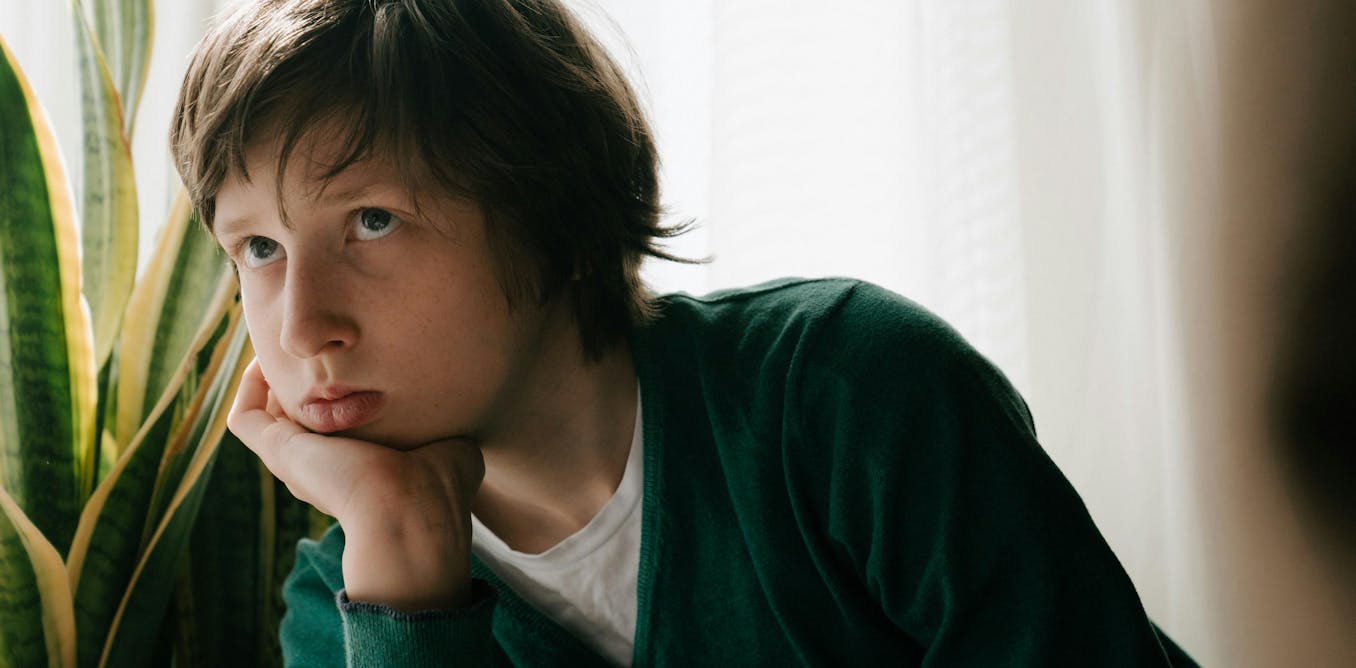





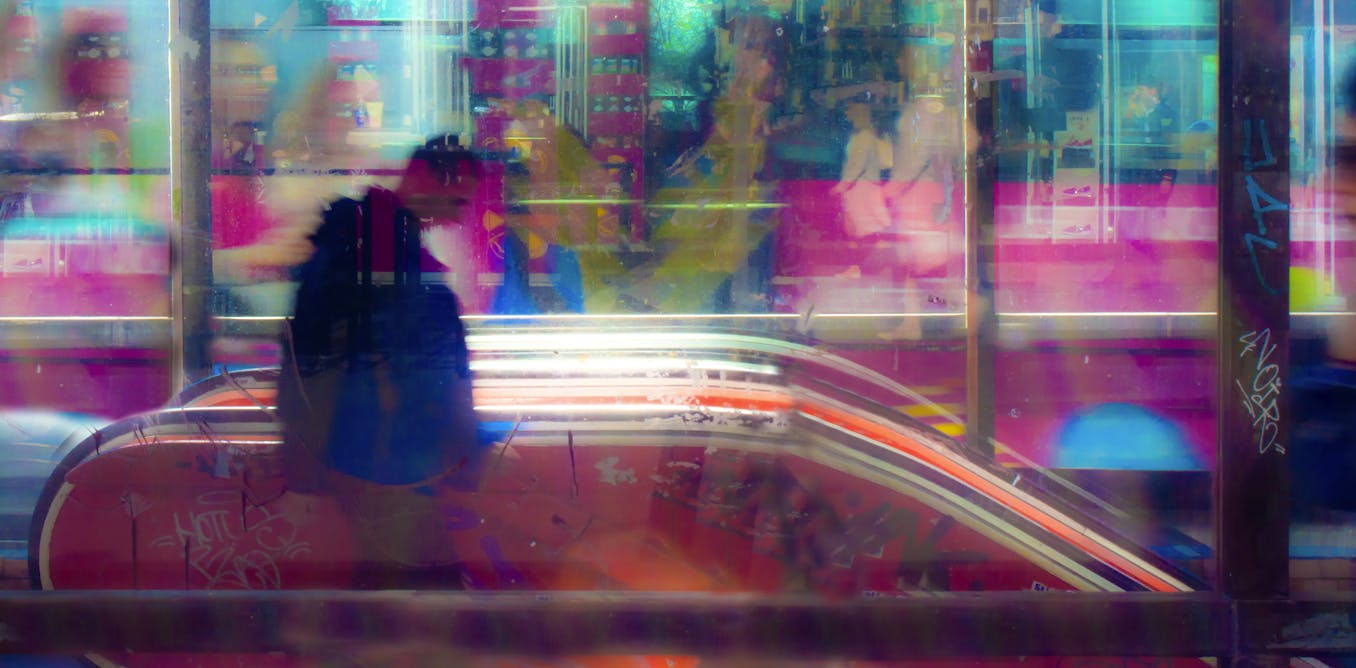
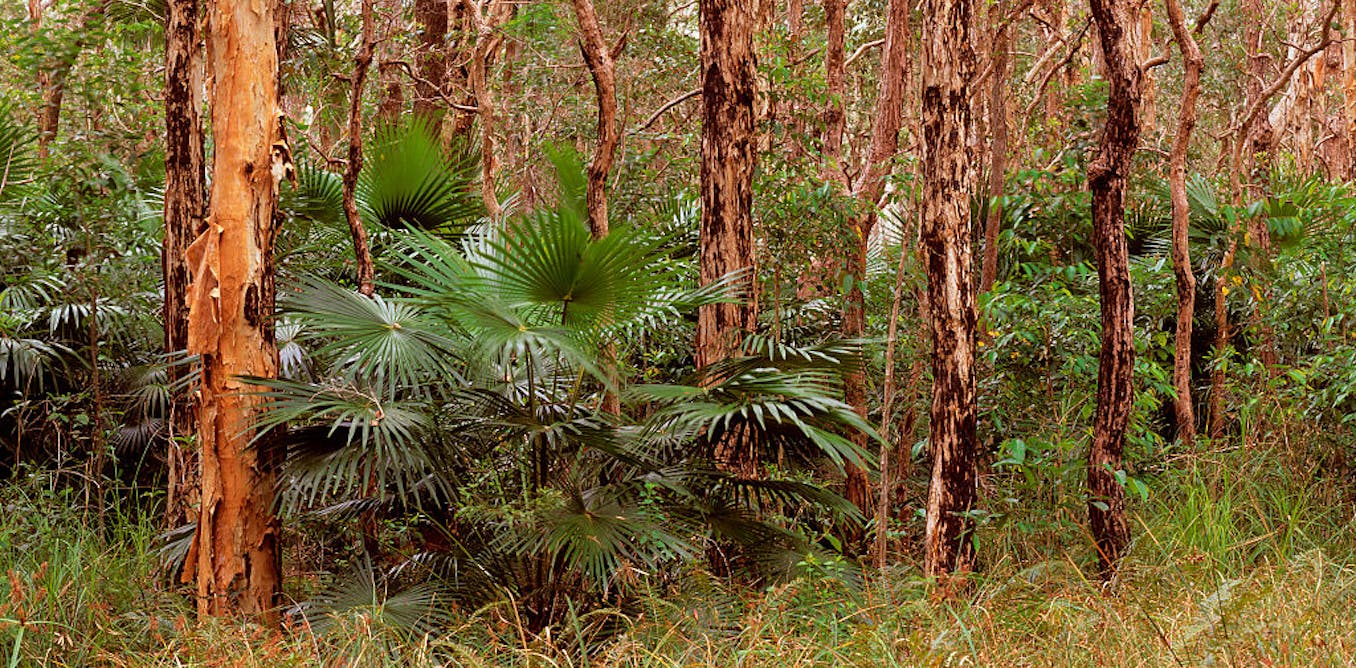
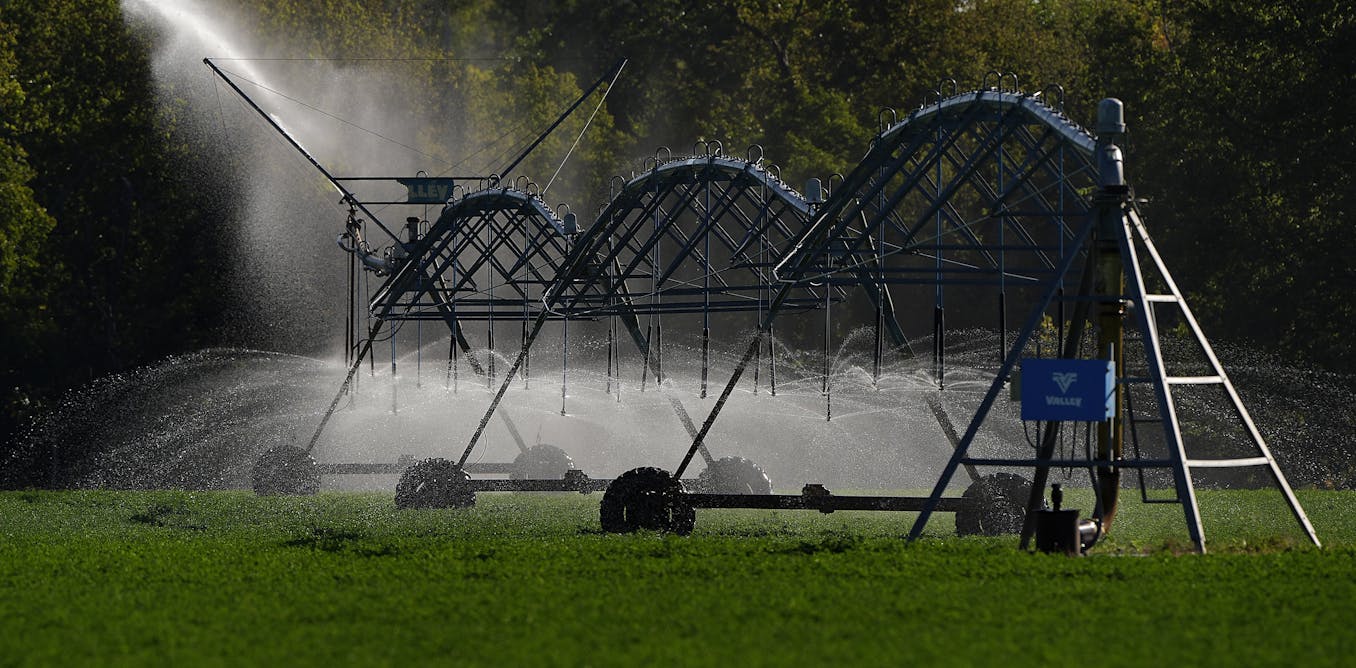
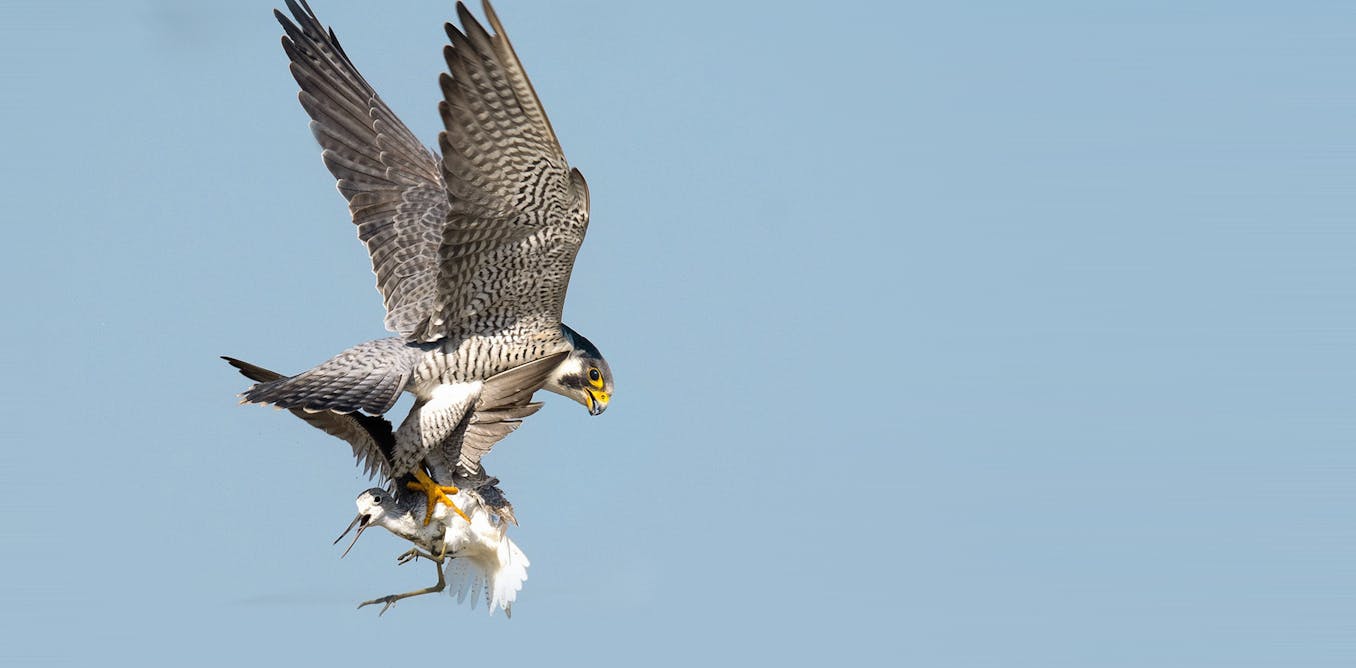
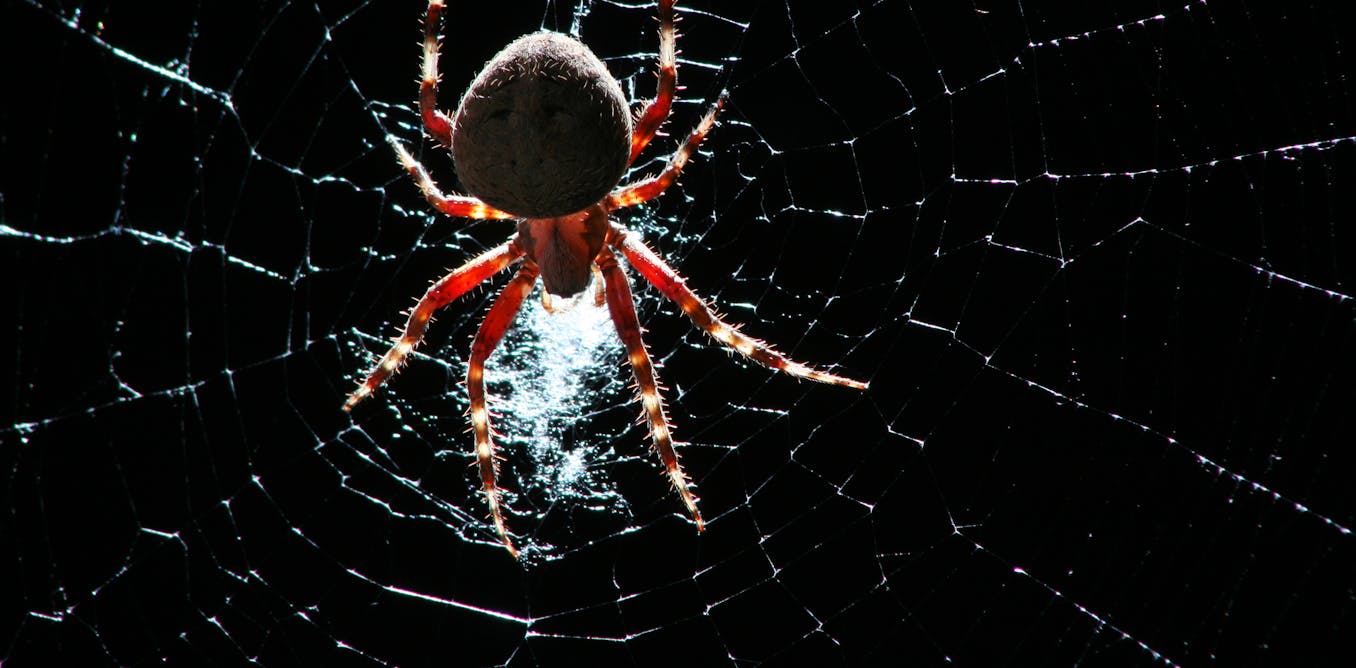













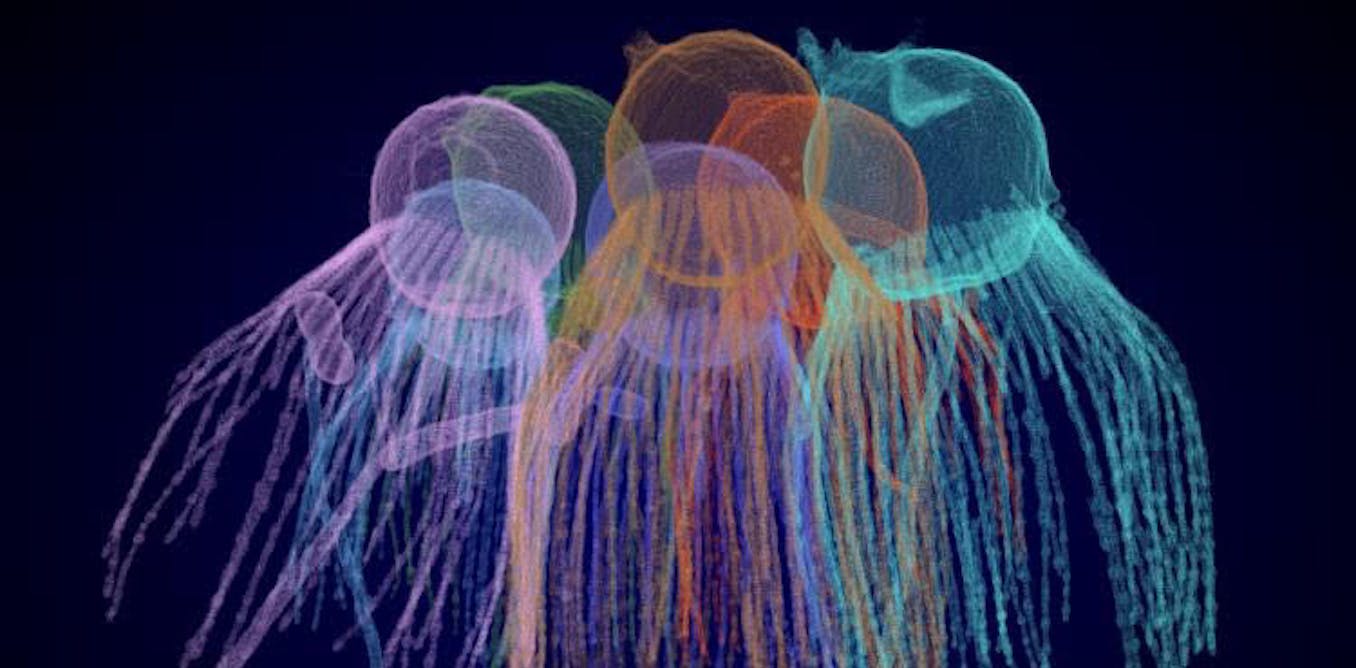








Leave a Reply